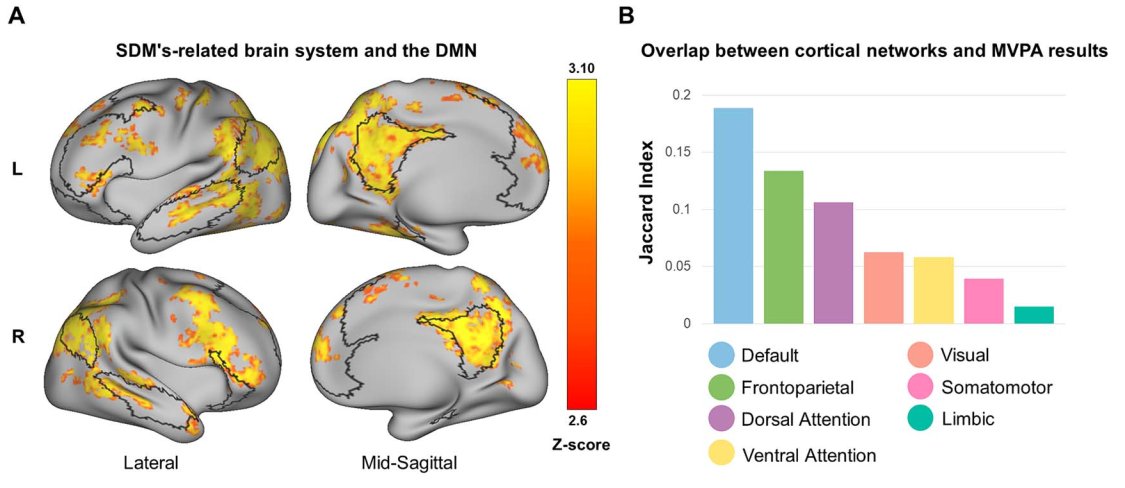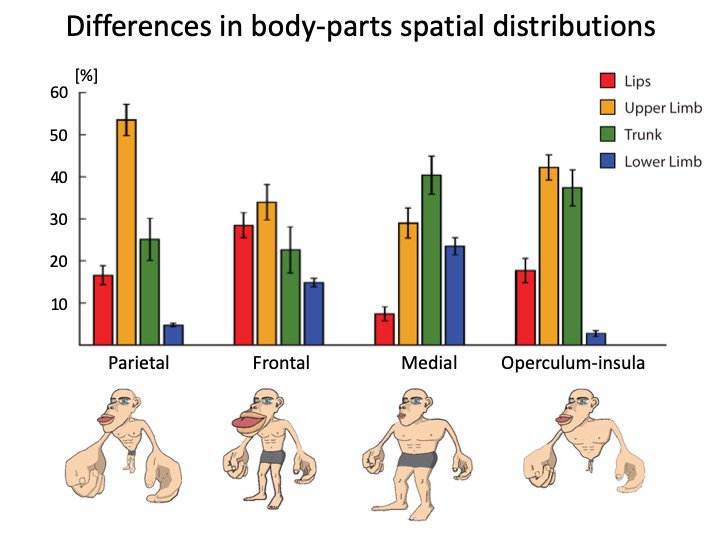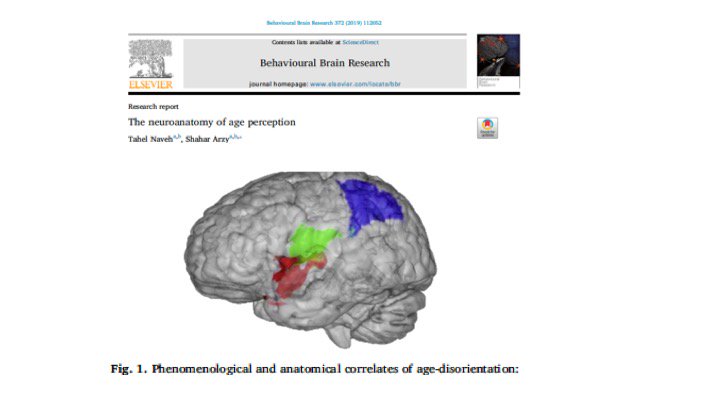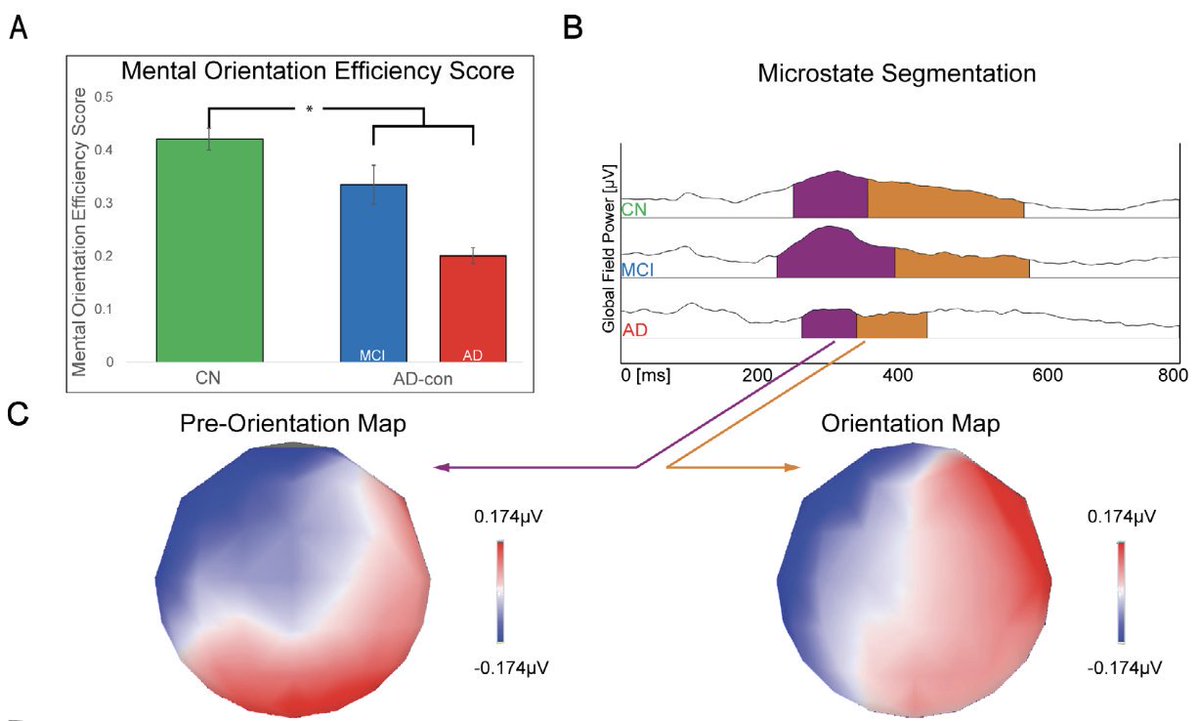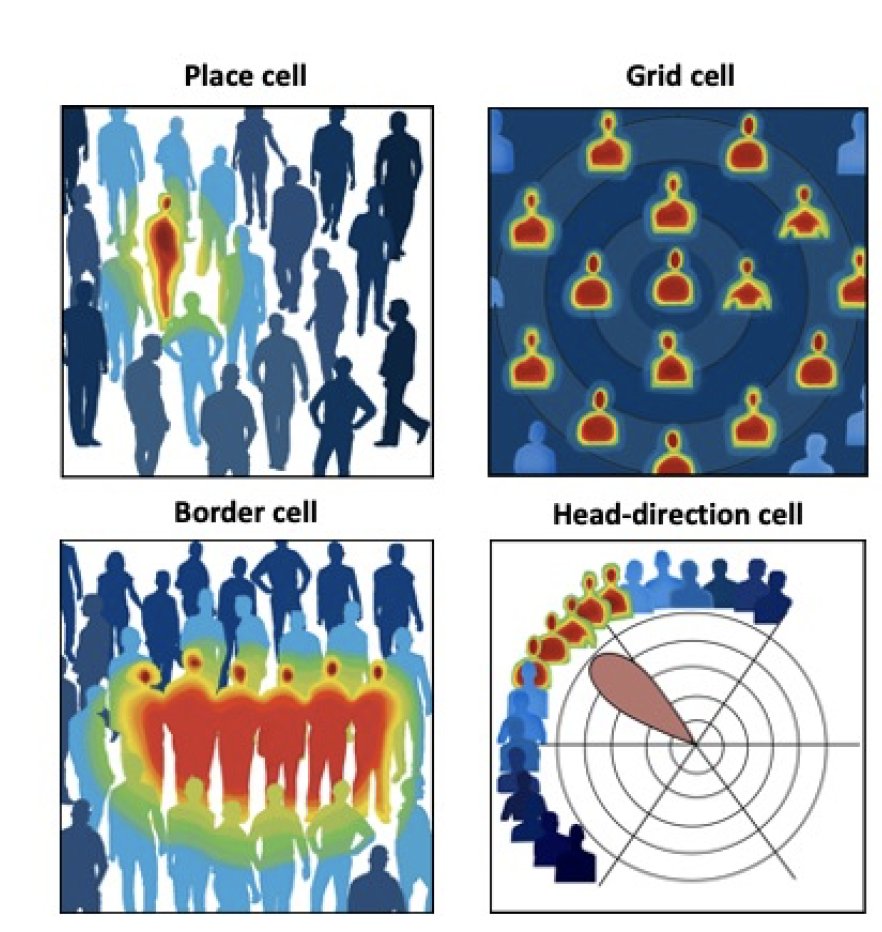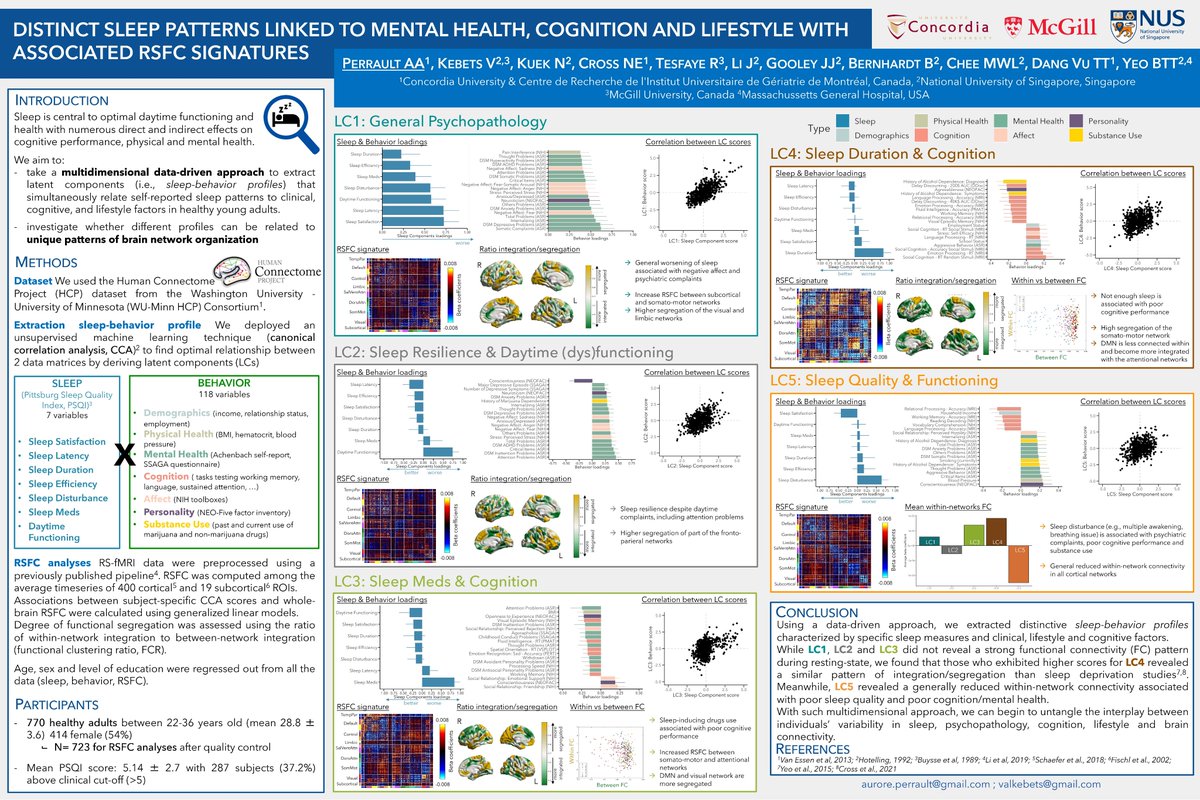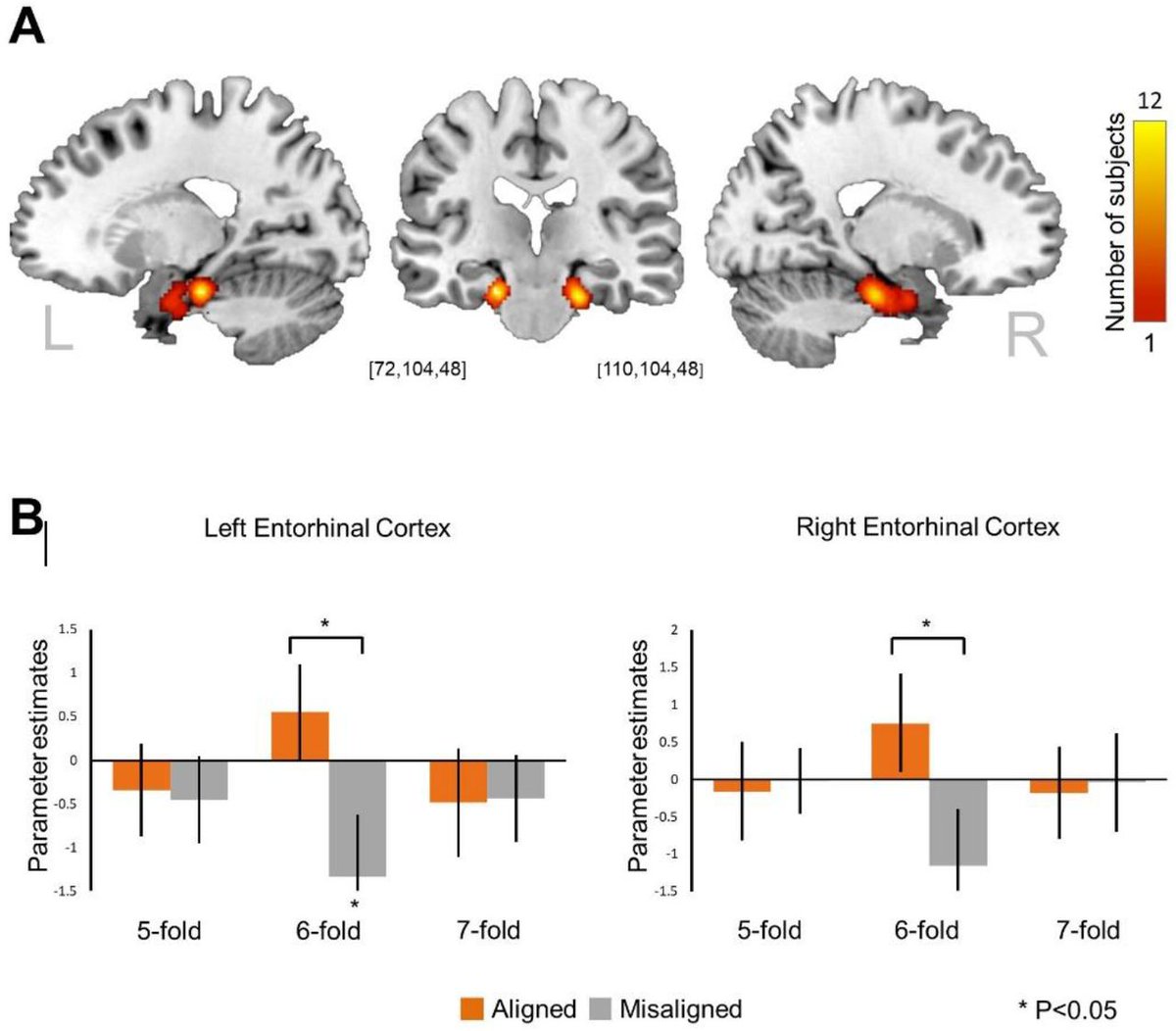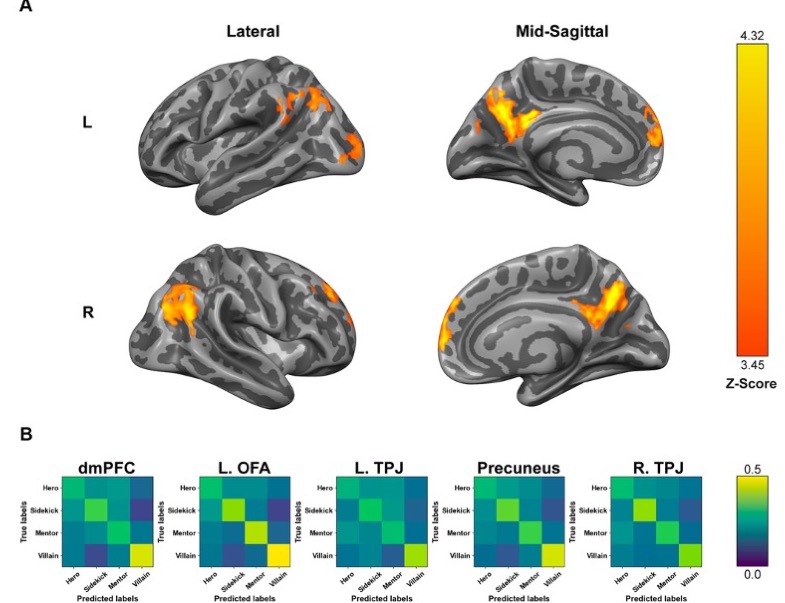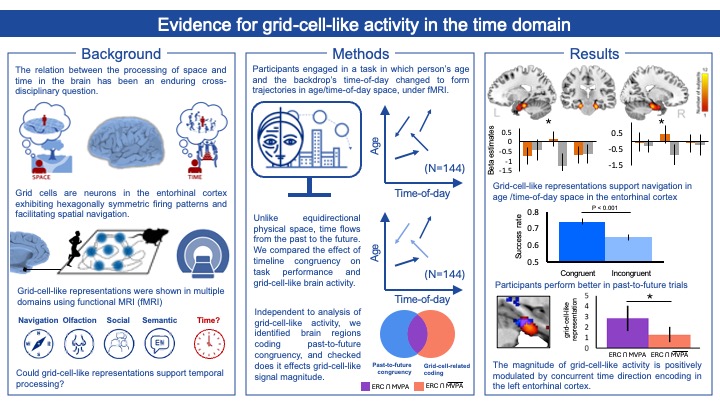
Shahar Arzy
@shahararzy
Researcher in Cognitive Neuroscience and Neuropsychiatry
ID: 869245364423065602
http://neuropsychiatrylab.com 29-05-2017 17:33:39
25 Tweet
293 Followers
129 Following





It was fun writing an eLife - the journal Insight article with Prof Muireann Irish FASSA FRSN on Michael Peer Shahar Arzy and team's brilliant new work on how we process spatial relationships across increasingly large scales (such as rooms, neighbourhoods, cities, and continents)!

Proud and excited to announce that my first research article from the cnplab has now been published! Check out our data which supports the role of disorientation in space, time and person as a fundamental deficit in #Alzheimers disease. onlinelibrary.wiley.com/doi/full/10.10… #ACTN #openaccess

A thoughtful work by Amnon Dafni-Merom Greg Peters-Founshtein and Shlomzion Kahana. Pave the way for new understanding of Alzheimer's disease, reconciling much of previous knowledge!

How does the brain represent our social network? What information does it take under account? And how these are related to the DMN? see our new paper with Michael Peer Mordechai Hayman Bar Tamir at SfN Journals jneurosci.org/content/early/…



Want to hear about ecological cognitive science? Join our symposium at #ISCOP2022 with Yaara Yeshurun Aya Ben-Yakov Avi Mendelsohn (Wed, 16.02, 09h00-10h20)

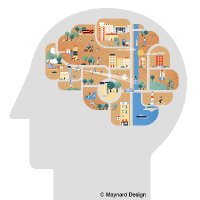
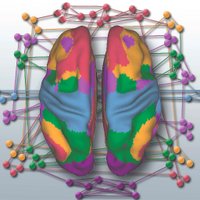



Most of our social brain is dedicated to the 5 closest people in our life. All other people are represented in relatively small cognitive mapping related regions. See our new preprint by Moshe Roseman-Shalem with @rddunbar96 biorxiv.org/content/10.110…


What makes life significnat? our new work at Cerebral Cortex with Rotem Monsa and Amnon Dafni-Merom shows how central is self-reflection and that the underlying brain mechanisms are different. see more shorturl.at/KcloC
